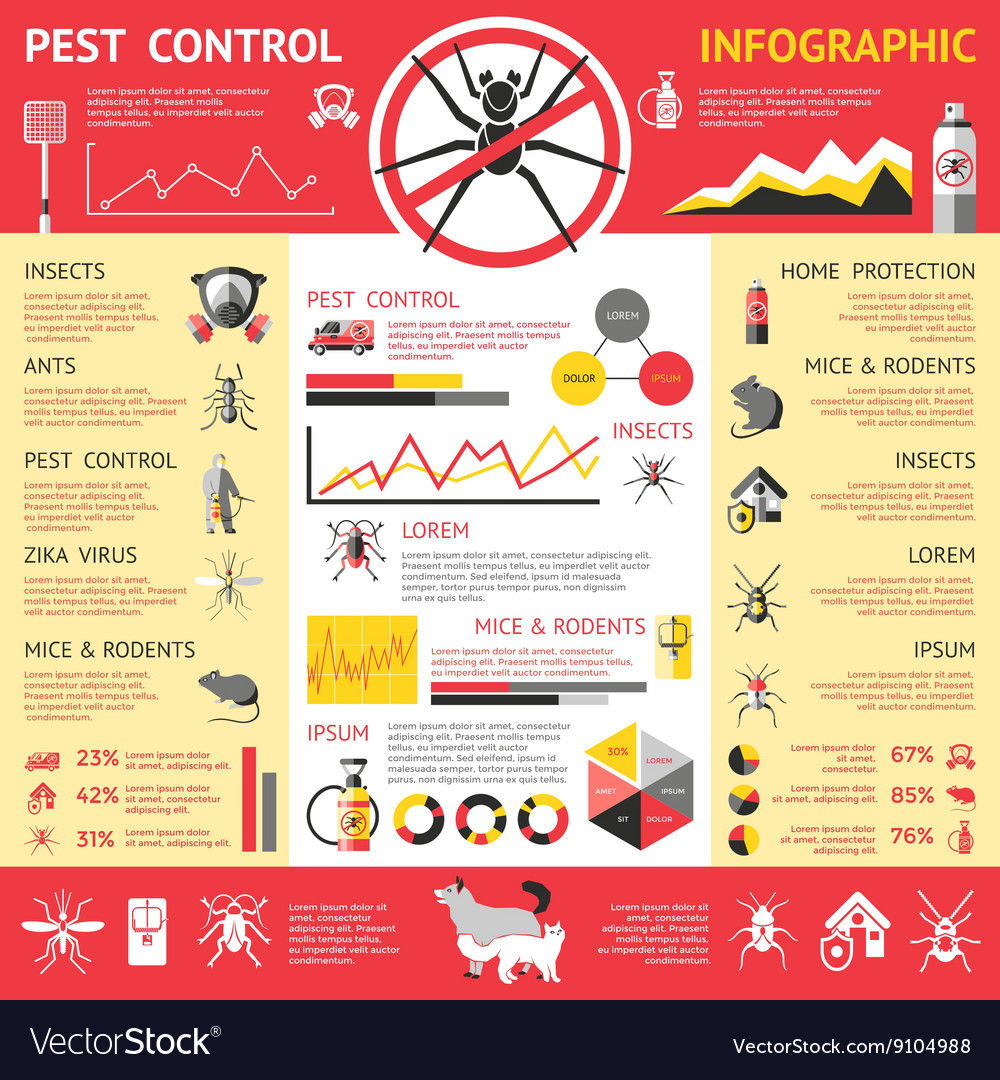Utilize Your Understanding Of Rodent Nesting Behaviors To Outwit These Pest Administration Strategies
Utilize Your Understanding Of Rodent Nesting Behaviors To Outwit These Pest Administration Strategies
Blog Article
Web Content By-Lorenzen Krag
When it pertains to rodent control, comprehending usual rodent behavior is vital to successfully taking care of invasions. Did you recognize that rats have some interesting nesting routines that might amaze you? By exploring their intricate actions, you can gain valuable insights into how to tackle rodent problems in an extra calculated and effective manner. So, let's unwind the secrets behind these animals' activities and discover just how to outmaneuver them in your rodent control initiatives.
Rat Nesting Habits
When observing rodents in their natural habitat, you'll notice that they actively look for products to build their nests. Rodents, such as computer mice and rats, are clever animals that use a range of products like branches, leaves, paper, and material to construct their homes. They're thorough in their nest-building process, typically lining their nests with softer products like fur or plumes to create a cozy atmosphere.
Rats like to construct their nests in concealed and safe and secure areas to safeguard themselves and their young from predators. Common nesting places consist of wall surface cavities, attics, basements, and even within insulation materials. By creating their nests in these private areas, rats can safely elevate their spawn far from potential dangers.
It is important to understand the nesting routines of rodents when implementing control procedures. By disrupting their nests or eliminating materials, you can dissuade rodents from developing a visibility in your home or property. visit the up coming webpage and sealing entrance points are also important steps in avoiding rodent problems.
Rodent Feeding Patterns
After observing rats' nesting routines, it becomes obvious that their feeding patterns play a vital function in their every day lives and behaviors. Rats, including computer mice and rats, are opportunistic feeders, implying they'll consume whatever food resource is readily offered. They're primarily nighttime creatures, choosing to forage for food throughout the cover of night to avoid killers.
Rats have a diverse diet regimen, ranging from grains, seeds, fruits, and veggies to bugs, nuts, and even little animals. This adaptability in their food options allows them to flourish in numerous atmospheres, including metropolitan locations where human food resources are abundant.
Their feeding patterns aren't just driven by cravings however likewise by the demand to accumulate food for times of deficiency. This actions is particularly noticeable in preparation for winter months or when nesting. Rodents are recognized to hoard food in their nests or burrows, making sure a continuous food supply. Recognizing their feeding patterns is necessary in carrying out efficient rodent control procedures to disrupt their food sources and prevent invasions.
Rodent Movement and Traveling
Rodents browse their surroundings with dexterity and stealth, using their keen senses to move promptly via their settings. These creatures are experienced climbers, able to scale wall surfaces and vertical surfaces with ease. They can likewise squeeze with surprisingly tiny openings, making it important to seal off any kind of possible entry factors in your house.
When it involves taking a trip, rodents often tend to follow familiar paths, producing tracks along walls or skirting the edges of spaces. They're creatures of habit, typically staying with these established routes as they forage for food or discover their environments.
Rats are recognized for their nighttime habits, so you might hear them scooting around in the evening as they search for food and water. Their movements are quick and erratic, permitting them to dart in and out of view in the blink of an eye.
Comprehending how rodents move and take a trip can help you determine prospective infestation areas in your home and take aggressive actions to prevent these insects from gaining a grip.
Final thought
As you function to manage rats in your house, remember that understanding their actions is essential. By acknowledging visit the up coming website nesting habits, feeding patterns, and motion, you can properly prevent problems.
Together, by taking proactive steps to get rid of food resources and seal entry points, you can interrupt their familiar paths and require them to choose brand-new places, eventually reducing the chance of rodent visibility in your space.
